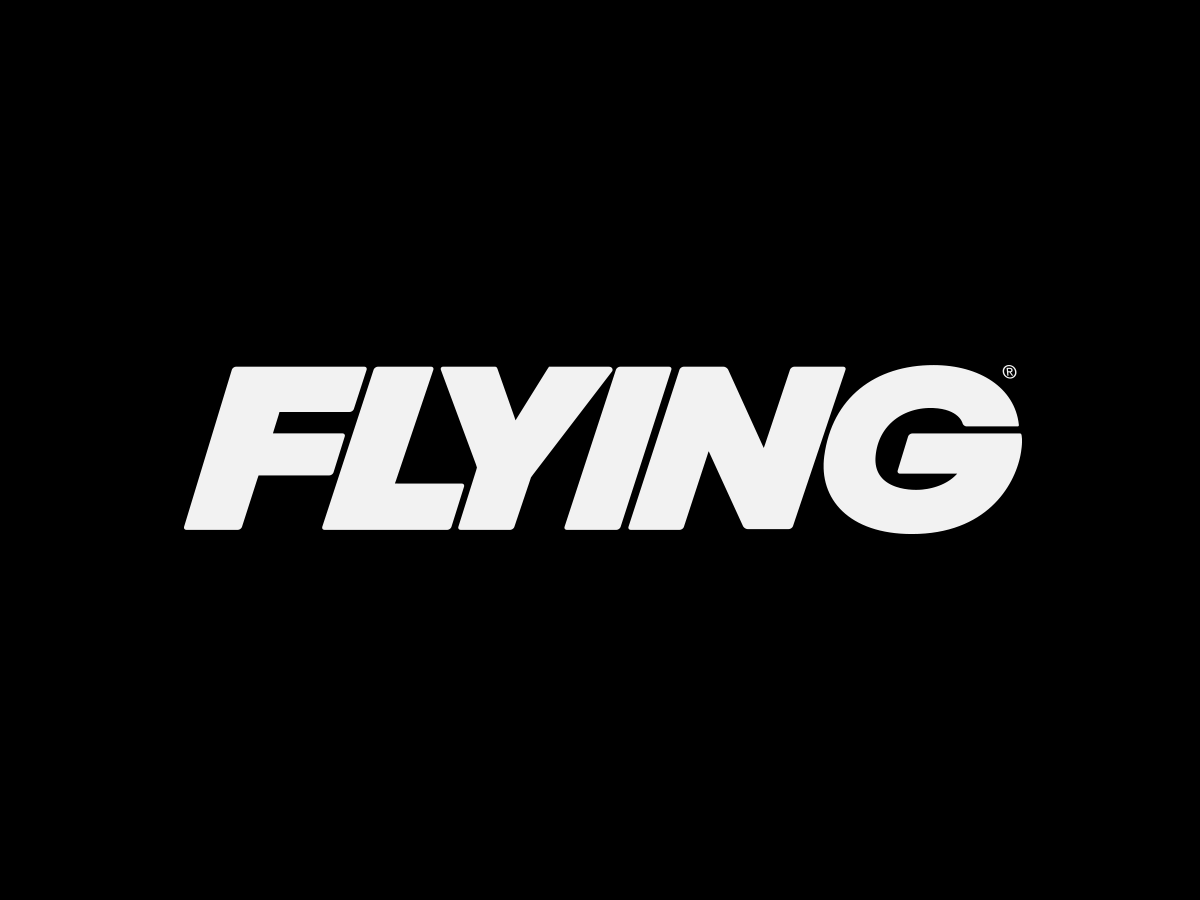
Q: If a non-U.S. citizen wants to take flight training here in the United States, what kind of visa or visas is required? What are the rules, and what’s the best way to go about getting the appropriate visa?
**A:__ **The best answer to this came from Andre Maye, a pilot and vice president of administration for Phoenix East Aviation in Daytona Beach, Florida, who spends "many, many hours each day" working with students, Department of Homeland Security personnel and U.S. Embassies and Consulates on visas for flight training:
“Students wishing to enter the United States for flight training will need an M-1 student visa or an F-1 student visa. The U.S. Consulate at the U.S. Embassy nearest the students’ residences in their home countries is where they need to go to apply for the visa. Students must also study at an FAA Part 141-approved school.
"The U.S. flight training school must be authorized by the U.S. Department of Homeland Security to issue the M-1 student visa form, called the I-20. This I-20 plus additional information (detailed below) must be presented to the visa officer at the time of the student's visa interview at the U.S. Consulate. This M-1 visa will allow the student to study for and achieve a private pilot certificate, commercial pilot certificate, instrument rating, multiengine rating and/or the three flight instructor ratings.
"Additionally, colleges and universities and some flight-training academies are authorized by the U.S. Department of Homeland Security for an F-1 student visa. The F-1 visa allows the student to complete a professional pilot-training program and work as a flight instructor in the United States to build additional hours — and make money as an employee of the flight school. If the foreign student wishes to work in the United States as a flight instructor, he or she must have an F-1 visa.
"Because the process of obtaining a visa can seem complicated, I recommend that foreign students apply at a U.S. academy that offers assistance and support with visas. A school that welcomes foreign students will likely also help the student become acclimated to American life and assist with housing, banking, medical exams, TSA requirements, etc."
Maye advises that the international student should be prepared to do the following. (Note: There might be some variation of application requirements by flight training schools, so be sure to adhere to the requirements of the specific school you plan to attend. The U.S. Consulate also has its own procedures on how to apply for the I-20, which is defined on the U.S. Embassy's website.)
1. Choose a school that meets the above criteria.
2. Apply to the school. This typically means:
a. Complete the school's application form.
b. Send an application fee (which varies from school to school).
c. Send a copy of your passport.
d. Send a copy of your driver's license (or any pilot license that the student already has received in his home country — translated into English by the aviation authority of the country). If the student has an existing pilot certificate, he or she must also get it converted to an FAA certificate. Some schools will also require a minimum TOEFL score (FAA regulations require that pilots flying in the United States be able to speak, write and understand English) and a copy of your high school and/or university transcript.
e. Most importantly, provide a letter from your bank, on bank letterhead, showing that you have adequate funds to cover both the costs of tuition fees and living expenses for the duration of the training. Without this, you will be automatically denied at the U.S. Consulate. If you arrive without the required documentation as listed on the U.S. Embassy's website, including an I-20 from the U.S. flight school and a statement of financial capability, you will have to obtain this, pay another fee to the U.S. Embassy and make another appointment with the U.S. Consulate.
3. Make an appointment with the nearest U.S. Consulate at least 60 to 90 days prior to the time you plan to start flight training (longer if you are attending a degree-granting university).
a. Prior to your appointment, discuss with your chosen flight school what to expect during your interview. You will be better able to articulate your goals — and be less anxious — if you are well-prepared.
b. For your visa appointment, arrive well in advance but be prepared in case there is a wait. You do not want to be late. Also, be sure to dress professionally.

Sign-up for newsletters & special offers!
Get the latest FLYING stories & special offers delivered directly to your inbox






